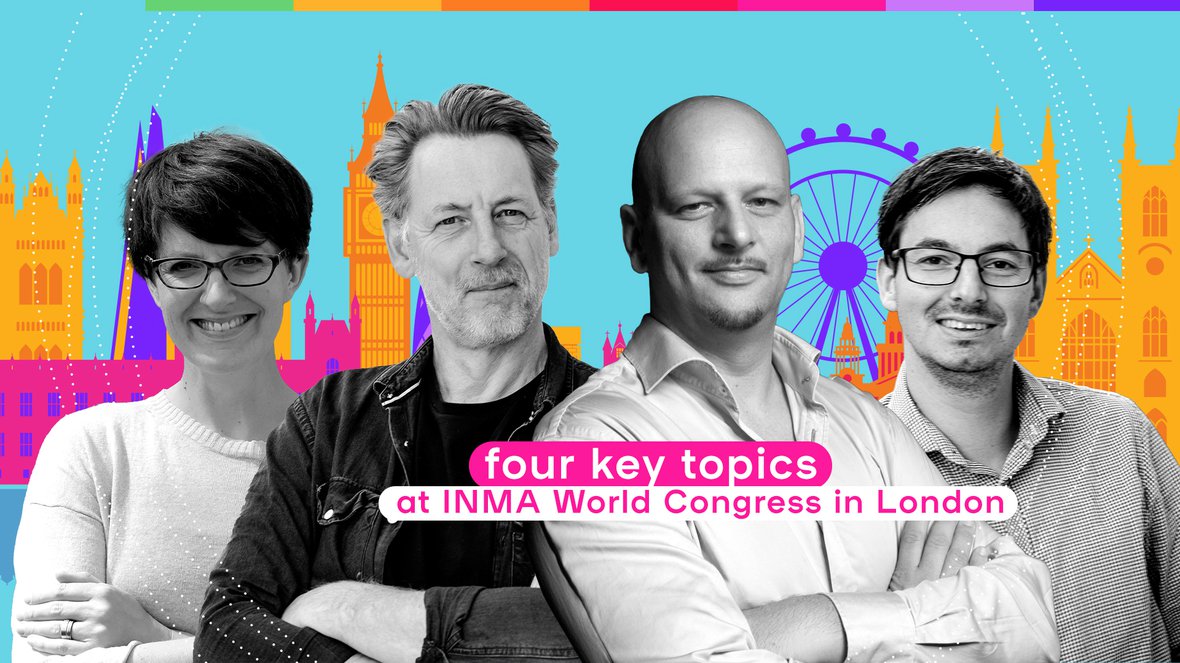London plays host to the World Congress of News Media from Wednesday to Friday next week. Smartocto will be there, and you can find us in our booth, ready to discuss all things news, analytics, strategy, AI and user needs.
The programme of speakers is looking particularly good, so here are four key themes that will be covered - and the sessions in which you can learn more about them.
Artificial Intelligence as the main theme again? Yes!
You can't avoid it, and rightly so. Few digital transformation experts doubt that AI has had (and is having) a significant impact on the media sector.
There’s a lot to be learned from our peers about how to gauge the speed or nature of the investment we should be making in AI and the tools that help in this endeavour. INMA CEO Earl J. Wilkinson covers much of the field, highlighting the priorities, challenges, and opportunities.
For a deeper dive a little later in the day, Neil Jacobstein will address the audience at INMA. He is the chair of artificial intelligence and robotics at Singularity University in the United States and will offer insights into the potential technological futures that may arise. If you are more pragmatic, consider attending David Caswell's session the following day. He links actionable insights from real AI applications to strategies for managing their effects on the media ecosystem.
--------------------------------
-> Wednesday 24 April
9.30-10.30am, Earl J. Wilkinson (INMA) How news media priorities are changing in the age of generative AI
1.45-2.30pm, Neil Jacobstein (SINGULARITY UNIVERSITY) Navigating the exponential age and AI’s transformation of business and society
-> Thursday 25 April
8.45-9.30am David Caswell (STORYFLOW) Redesigning news media with generative AI: Real-world applications, examples, and strategies
--------------------------------
Interested in discussing this further? Our CEO, Erik van Heeswijk, will be in and around the smartocto booth for the duration of the conference. Alternatively, book a demo to learn more about smartocto.ai. We provide live or remote demos if you're pressed for time.




